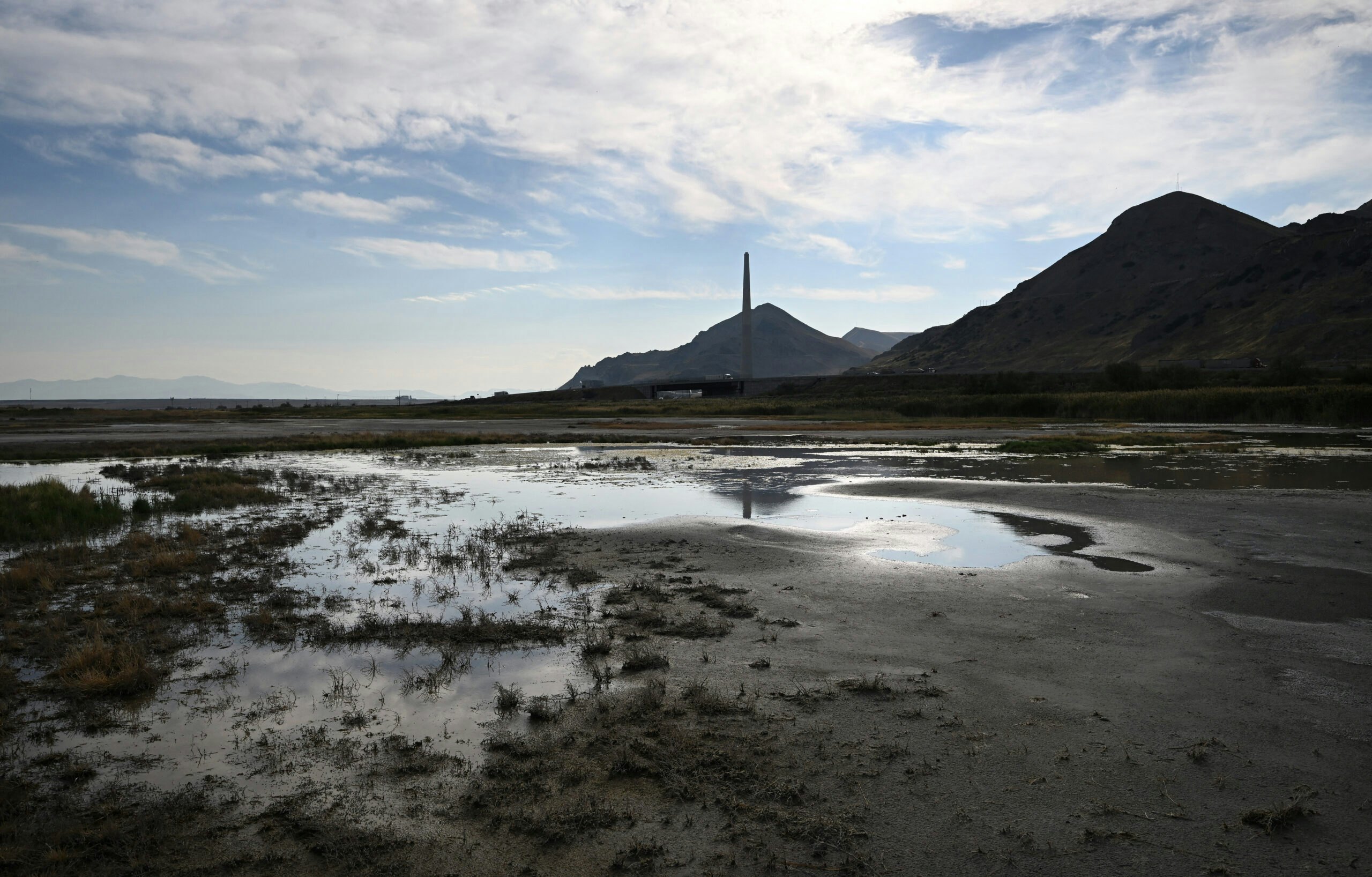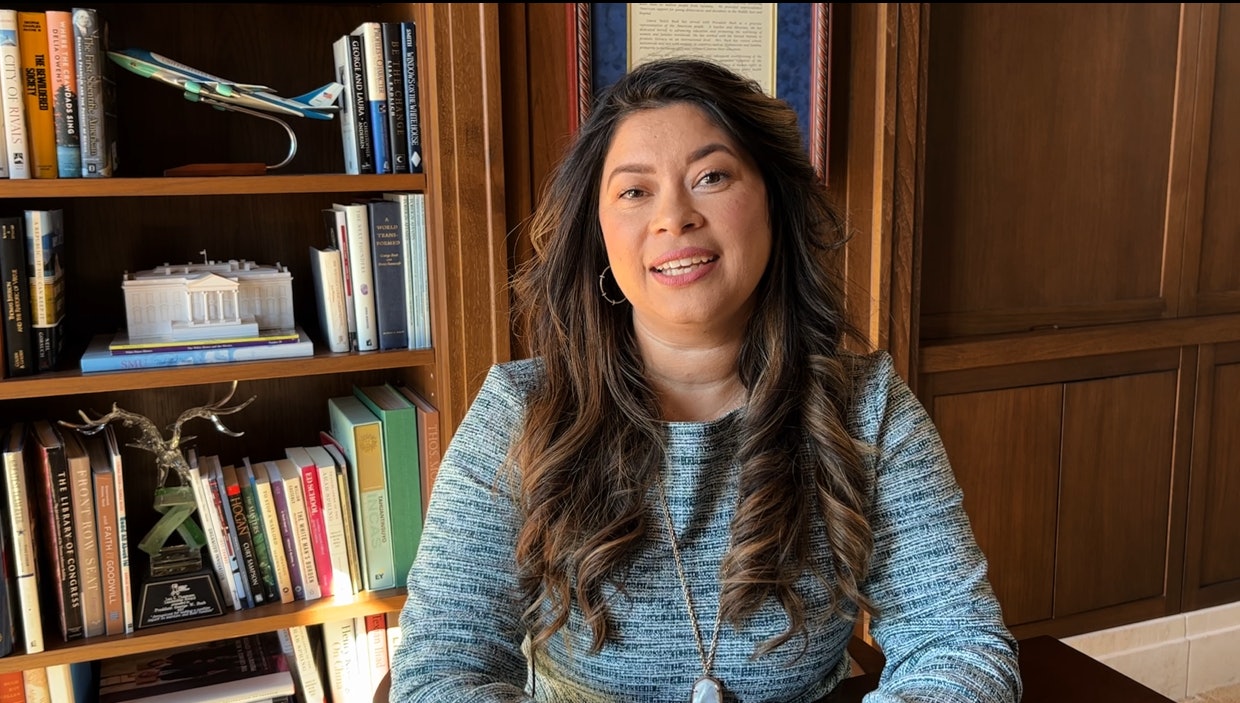This is an admittedly complex landscape. There are power rivalries and unresolved histories, but there also is prosperity.
Victor Cha, a Bush Institute Human Freedom fellow, is the author of the new book, Powerplay: The Origins of the American Alliance System in Asia. He argues that the United States should show leadership in Asia through a variety of relationships, not just one large multilateral institution.
Cha, who teaches at Georgetown University and is also a senior advisor at the Center for Strategic and International Studies in Washington, D.C., formerly served on the National Security Council under President George W. Bush.
Before we get into how the U.S. should be engaged in Asia, what is the case for the U.S. being engaged there? As you know, isolationism is underlying some of our current national debate.
Alliances around the world are valuable for U.S. national security and our larger security interests.
Those alliances can be defined in terms of what is important to our security in the continental United States, but they also can be defined in terms of the global environment in which we live and the values that are held around the world. In that regard, these partnerships and our international commitments are critical.
For a long period, the United States largely had interests in Asia that were not strategic. Prior to the 20th century, our interests were largely commercial in terms of access to trade. They also were religious in the sense of missionary activity.
But the United States strategic interest in Asia was not very deep. To the extent it existed, the strategic interest largely focused on maritime Asia. That’s because the United States in the Asian Pacific is a maritime country.
The U.S. strategic interest in Asia really changed with the Korean War. The strategic interest carries through to today, where security and stability is not just important in and of itself. It also is very important for trade and business.
Asia is the only part of the world that looks like it’s going to grow economically at significant rates. The United States needs to be part of that growth and benefit from it, especially since a lot of that growth depends upon the stability and security in Asia that the United States underwrites.
For all these reasons — security, politics, values, business — we need to be deeply engaged in Asia.
You argue for the U.S. to be involved in multiple groupings in Asia, that the region is not best held together by one institution the way that NATO has held Europe together. Why is that approach best?
I don’t think we have a choice. The U.S. bilateral alliance system in Asia, our network of alliances with individual nations like Japan, Korea, and Australia, is the deepest and most long-lasting security architecture in Asia. But since the creation of that bilateral alliance system in the early 1950s, and particularly since the end of the Cold War, there’s been a proliferation of new regional institutions in Asia.
They don’t really compete with the U.S. alliance system, but institutions like the East Asia Summit or Asia Infrastructure Investment Bank are new and indigenously created, some by allies and some by China. They are starting to grow as a result of economic and political development in Asia.
The United States should not feel like it has to make a choice in terms of our bilateral alliance structure and all that’s growing in Asia. But the United States should and does embrace the growth of all these regional institutions.
This is an admittedly complex landscape. There are power rivalries and unresolved histories, but there also is prosperity. Trying to put all of this into one big hierarchical organization is just not going to work for Asia. And the United States shouldn’t expect or want one single hierarchical organization for Asia.
A new administration obviously is coming up. How can leaders stay on top of so many groupings?
The next administration does not necessarily need encyclopedic knowledge of all the issues in each of these regional institutions. It just needs to try to understand what issues and interests matter to the United States and pursue them as best as they can using these institutions.
There may be certain things, such as a response to a natural disaster in Asia,that cannot be transacted simply between the United States and one or two allies. It requires a regional response. There may be other issues, however, that we can best transact through alliances with specific nations like Japan or Australia.
This gives the United States lots of choices. We can pursue what is important for our interests and see which institutions are best suited for doing that.
How do you see this strategy providing greater security for Asia and the U.S.?
The fact that the region is becoming more institutionalized on a variety of issues is a good sign. Any time you have more institutions, you have more practiced patterns of cooperation between nations. And the more there are practiced and predictable patterns of cooperation, the less there is a chance for miscalculation and misperception.
As we look over the next four years in terms of Asia, China obviously is going to occupy a lot of attention. What else do you see occupying a lot of our attention in Asia?
You’re right: China will certainly take up a lot of our attention. So will North Korea, both for their efforts to build nuclear missiles that could reach the United States and for their terrible human rights abuses and violations.
Trade and the Trans-Pacific Partnership will take up a lot of our attention as well. The 12-member nation agreement involving the second and the third largest economies in the world – the United States and Japan – and the biggest regional free trade agreement ever for Asia is stalled right now. But it provides economic benefits as well as larger important strategic implications in terms of how the United States is perceived as a leader in Asia and in the world.
So it’s the Trans-Pacific Partnership in Asia and the Transatlantic Trade and Investment Partnership. Those are two big multi-nation trade agreements that will preoccupy the next administration.



























